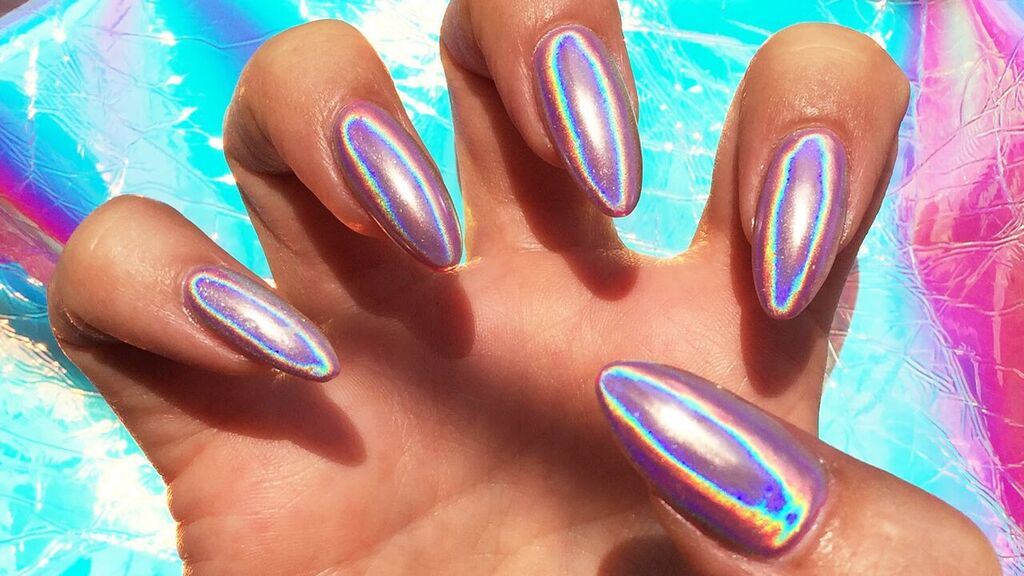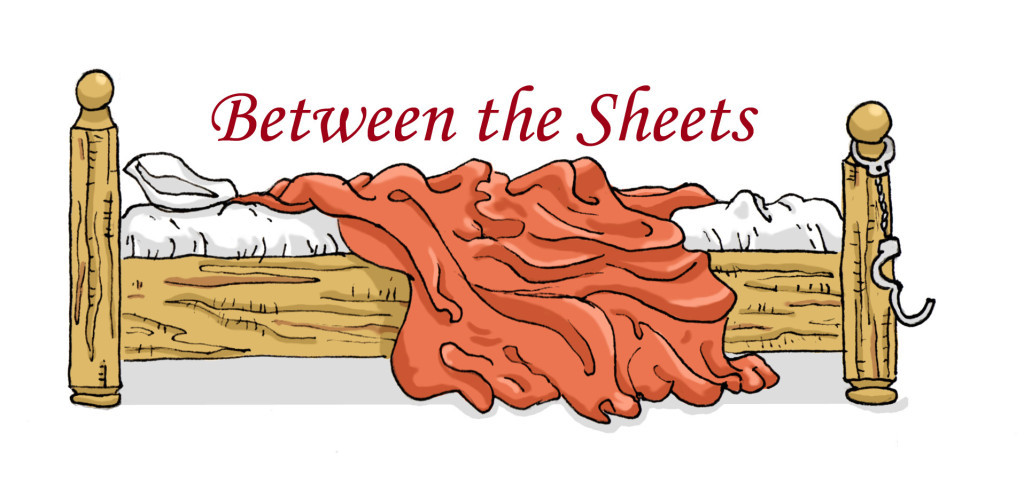
The ongoing war between the holographic trend and false advertising
By Rebecca Peterson, Assistant Editor
One of the biggest fashion trends out there right now is holographic pigment, or “holo” for short. Made popular by internet fashionistas and personalities such as the originator of the 100-layer challenge, SimplyNailogical on YouTube, more and more cosmetics and accessories in commercial venues are being advertised as holographic. However, to the annoyance of holo-lovers everywhere, oftentimes what’s been packaged as holographic is actually iridescent or somewhat shimmery. So what exactly is holo?
Holographic pigment is prismatic; it will reflect a shifting rainbow of colours, and is best viewed in diffused light. Holographic products tend to either make use of holo glitter or linear holo pigment, with silver being the most popular base. A simple rule for identifying holo is this: If the colours shift as the product moves and reflect a metallic rainbow spectrum, you are dealing with real holographic pigment.
It’s a simple concept that has been confused by companies—largely those peddling cosmetics—slapping the “holographic” label on any product that isn’t flat matte. One of the most galling examples of this is Kat Von D’s critically acclaimed Alchemist Holographic Palette, which boasts an admittedly beautiful selection of pale iridescent eyeshadows. Milk Cosmetics also released a line of highlighters claiming to be holographic that were similarly iridescent, and not at all holographic. Iridescent is something that shows a shift in colour depending on angle and lighting, but differs from holo in that this colour shift is usually limited to one or two shades, and does not encompass the complete rainbow spectrum.
Why is this happening? A likely explanation might be that these products were already under production under different names prior to the rise of the holographic trend, and the holo label was quickly attached to increase the prescient market value. After all, the working title for the original Kat Von D palette was the Kat Von D “Alchemist Palette,” without the holographic descriptor attached. Given that holographic pigment can—and has—been confused with iridescence and duochromatic shades by even the most dedicated beauty blogger, it’s a cheap way to catch the wave of a trend if the company isn’t sure of its staying power.
The problem with this, however, is that it takes away from the opportunity and challenge presented to cosmetic companies. There are many consumers who have already shown that they’re willing to shell out money for holographic cosmetics. Personally, I’ve searched far and wide for holo cosmetics, and the closest I’ve come to finding real holo makeup is cheap lip gloss with holo glitter in it. If they ever perfected a formula for holographic highlighter, or eyeshadow, or liquid lipstick, I would be absolutely over the moon.
There’s nothing wrong with iridescent and multichrome makeup—far from it. Some of the products falsely packaged as holographic are absolutely gorgeous; there’s a reason why Milk’s highlighters are so popular, after all. However, I find it hard to spend money on a product that receives misplaced praise for being “on trend” for adding some holographic packaging to it and charging a few dollars more. If you really want to join the holographic trend, I’d suggest looking to areas that have long since perfected the holographic look: Nail polish and accessories. The nail polish company Color Club, for example, has an amazing line of holo polishes that are absolutely worthy of the name. In the meantime, accept no substitutes. If there are no rainbows, it’s not holo!

